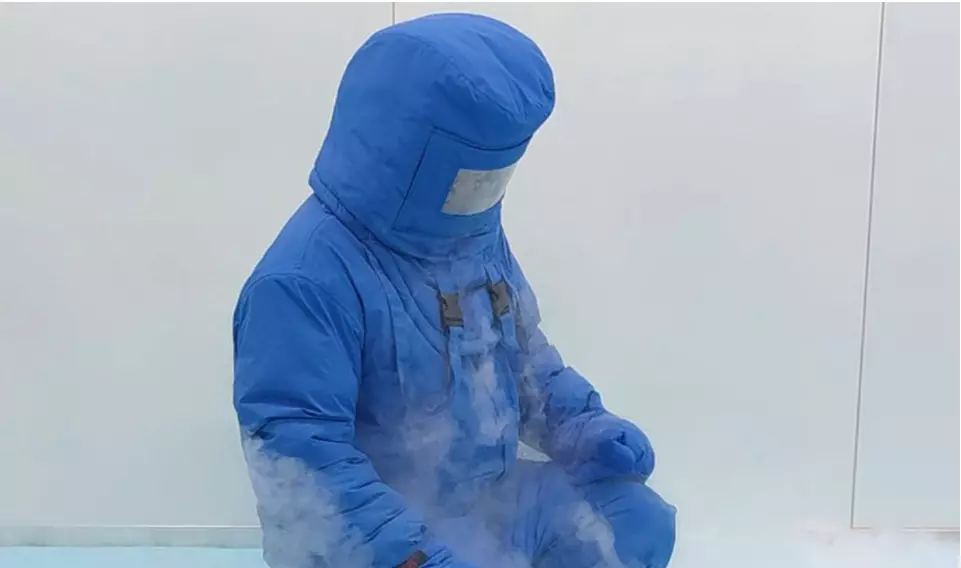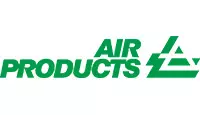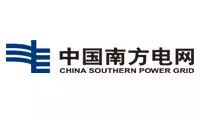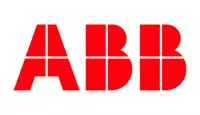
Precautions for using cryogenic protective coverall
Cryogenic protective coverall mainly provides full-body low-temperature protection for personnel working in liquid ammonia operations. It belongs to the category of low-temperature protective clothing. It is mostly used in liquid nitrogen, liquid ammonia, natural gas, laboratories, aerospace research institutes, low-temperature environments, and frozen storage rooms. , freezers, laboratories and low-temperature workplaces. Liquid nitrogen protective clothing generally consists of three layers of protective materials, two of which are thin layers made of insulating materials. The inner layer of material has high thermal insulation, allowing it to take away moisture through capillary action. The following are the precautions for cryogenic protective coverall compiled by the editor of C&G.
1. Read the instructions for use: Before using the liquid nitrogen protective clothing, read and understand the instructions for use in detail. Make sure you understand how to put on and take off protective clothing correctly and how to respond to unexpected situations.
2. Regular inspection: Before using liquid nitrogen protective clothing, the integrity of the protective clothing should be checked. Make sure there are no scuffs, scratches or other damage that could allow liquid nitrogen to penetrate inside the suit.
3. Wear it correctly: When wearing a liquid nitrogen protective suit, make sure it completely covers your body and fits snugly and tightly. Cuffs, collars, zippers and other parts should be sealed as much as possible to prevent liquid nitrogen from penetrating.
4. Don’t over-inflate: Liquid nitrogen protective suits usually come with air bladders that provide extra protection and insulation when inflated. However, do not over-inflate as this could rupture the air bag or affect mobility.
5. Avoid prolonged exposure: Liquid nitrogen is an extremely cold liquid, and prolonged exposure may cause frostbite and other injuries. When using liquid nitrogen protective clothing, the contact time should be controlled as much as possible and appropriate rest should be taken.
6. First aid preparation: During the use of liquid nitrogen protective clothing, first aid kits and emergency rescue equipment should be carried with you. In the event of an accident, it is crucial to be able to provide first aid in a timely manner.
7. Training and instruction: Before using liquid nitrogen protective clothing, it is very important to receive relevant training and instruction. Knowing the correct usage, safe operating procedures and emergency measures can help you effectively deal with potential risks.
In short, liquid nitrogen protective clothing is a type of professional personal protective equipment that needs to be used with caution and in compliance with relevant safety regulations and operating instructions. Please be sure to pay attention to your own safety and follow correct usage and necessary safety precautions.












